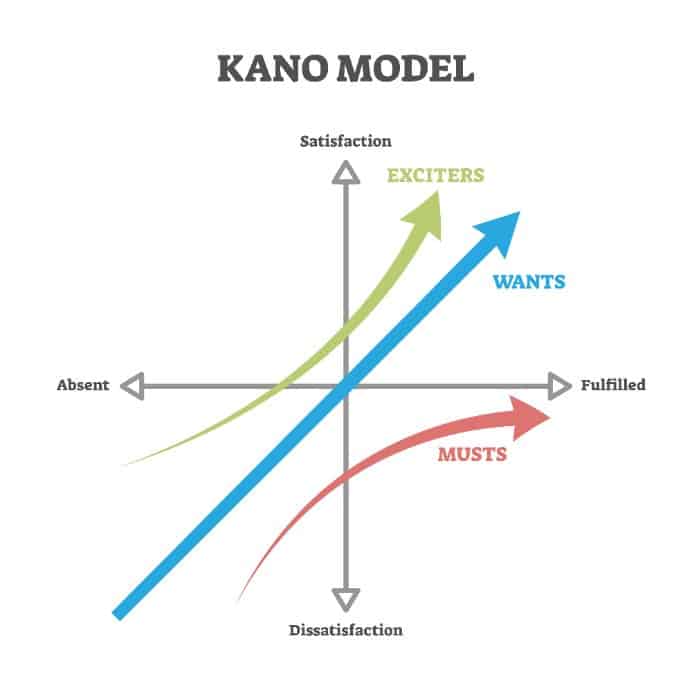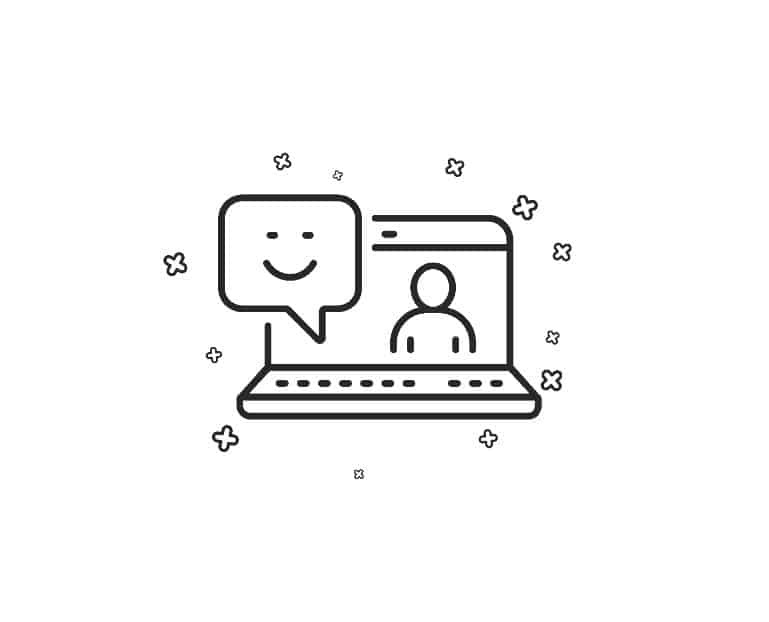One of the greatest challenges in the process of product development is determining which features will have the biggest impact on customer satisfaction and significantly contribute to the product’s success on the market.
With contributions and ideas from many different sides, including the development team, internal stakeholders, marketing department, and others, the backlog of proposed features may often seem endless and quite overwhelming.
A lot of these product features will prove to be very useful and even potential game changers. However, others will just needlessly drain the financial resources and cause everyone involved in the process to waste valuable time.
So, for the product to be successful, it’s essential to be able to properly prioritise and create a product roadmap
The earlier this is done in the development process the better. Of course, making these decisions is not easy, as you certainly can’t rely on gut feeling to determine the value of certain features to the customer.
This is where the kano model comes in, as an extremely helpful tool to guide you through the process of deciding which product features are meaningful and bring value to the end users and which are just an unnecessary burden on the entire development process.
Table of Contents
What is Kano Model?
The Kano model was first developed and published by Dr. Noriaki Kano
The foundation of the kano model is the assumption that the value of a product feature goes beyond its mere functionality; it also has to account for the customer’s emotions. This model provides us with means to understand how to measure and explore the user’s emotional response to a certain product feature.
As that emotional response is the main driver behind customer loyalty, the ability to analyse and measure it is invaluable for the entire product development process. It allows a more nuanced and detailed insight into the user persona
To analyse customer needs, the kano model diagrams them across two axes:
- The vertical axis shows the level of satisfaction the customers have in relation to the product and its features. The high satisfaction is at the top of the axis, while the extremely low level of user satisfaction is at the bottom.
- The horizontal axis indicates the product performance, or to what level it fulfils these expectations. High-performing products are to the right, while low performance is on the left-hand side. Depending on the product or its feature placement along these axes, the customer will be dissatisfied, indifferent, or delighted.

What is the Main Objective of the Kano Model?
The main objective of the kano model is to enhance the productivity and quality of the development process by providing all the data and information needed to define priorities in the product life cycle. The analysis conducted through the kano model involves a standardised questionnaire through which customers can deliver feedback on how satisfied they are with the current features and express potential additional needs relating to the product.
The information acquired this way provides product teams with a much better understanding of the customer and helps them properly assess the viability and desirability of a potential new feature against the cost of developing it.
The kano model encourages organisations to prioritise how the product relates to the needs of customers, instead of just endlessly adding new features for the sake of it. Therefore, after applying analysis based on the kano model to identify the customer’s needs and preferences, the development teams can properly arrange the priorities on the product roadmap
What are the 3 Needs Addressed by the Kano Model?
When developing the kano model, Dr. Noriaki Kano identified the three basic levels of customer needs: expected, normal and exciting. Understanding these three levels of needs is crucial for defining what will it take for a product or feature to have a positive impact on user expectations and optimising the development process to answer these expectations.
Expected Needs
The expected needs refer to entry-level customer expectations. These are the non-negotiable qualities, attributes, and properties that every product must have to even be present in the market. The features that satisfy the needs at this level are those that customers usually take for granted and expect to be present in any case, such as tires and steering wheel on a car.
Normal Needs
Normal needs are one step above the expected needs, and addressing those expectations should allow the product to keep its place in the market. The features that answer these needs are not the ones the customers take for granted, but rather the ones they would specify if asked, as though they were choosing from the list.
Following up on the car example, these needs would be, for example, a sunroof or leather seats. It’s not uncommon that, over time, features that address those needs become an inherent quality of the product and regress to the expected need level. For example, electrically-operated car windows were once reserved only for certain models, but today, they’re something a customer expects in every car.
Exciting Needs
The exciting needs are the highest level of customer expectations and features that address them should have, as Dr. Kano specified, “wow” qualities and attributes. They should come as a surprise for the customer and broaden their horizon of what they thought was possible.
Products with features that address exciting needs are usually the ones that stand out among the competition and force competitors to incorporate those features in their products to survive. Often, these features will create a whole new category of product, previously unseen in the market.
What are the Key Categories of Features in the Kano Model?
Based on customer preferences and expectations, the kano analysis model classifies product features into five categories, assigning each of them a value depending on the user response. These values are closely related to the customer needs described above and will determine the product’s performance on the kano model diagram, and, therefore, the level of customer satisfaction. Not all of these feature qualities are desired in a product. Two of them bring negative value and should be avoided if possible.
Must-Have Features
The must-have or assumed features are those that meet the most basic customer expectations and they should be incorporated into every product of a certain type. They are crucial for the product’s basic function, so if they’re not present, the result will be the dissatisfaction of customers and likely failure of the product.
On the other hand, as they are the expected part of the product, these features won’t particularly delight customers or contribute to a higher level of satisfaction. Therefore, these features should certainly be high on the list of priorities if the product is to avoid customer dissatisfaction.
Performance Features
Next on the list of priorities are the performance or one-dimensional features. They are a part of the already existing customer expectations and their advantages are commonly obvious to an average user, but increased investment in these features will result in higher customer satisfaction.
Although not game changers, they can often deliver a slight edge over competitors. In many cases, this category of features will be one of the primary factors for customers when deciding which product to purchase or how much money to spend.
Attractive Features
Attractive features, also known as exciters or delighters, go beyond customer expectations and their immediate and basic needs. As they’re unexpected, they elicit joy and delight when present and lead to full customer satisfaction. However, their absence doesn’t impact the basic functionality of the product and, therefore, won’t result in dissatisfaction.
Attractive features are often the key to gaining an edge on the market and making the product stand out among the competing releases. It should also be noted that, over time, as their novelty wears off and they become a part of customer expectations, these features can become a performance or even must-have feature. Cameras on mobile phones are a perfect example of this.
Indifferent Features
Indifferent features are the first of the two categories that are better to avoid. Customers feel neutral about these features and they don’t bring any significant difference to their response to the products. Simply said, customers don’t care if these features are present or not. So, as they don’t deliver any meaningful value, they just add extra risk and drain resources that could probably be better used somewhere else.
Reverse Features
The issue with reverse features is that they not only don’t add to customer satisfaction, but their presence actively contributes to dissatisfaction. Or, to put it differently, their absence will lead to higher satisfaction. Reverse features are often the reason why customers will choose not to purchase a product and turn to the alternatives offered by the competition. If a product team determines that a certain feature has a reverse value, then, it’s a clear sign that it should be dropped altogether.


